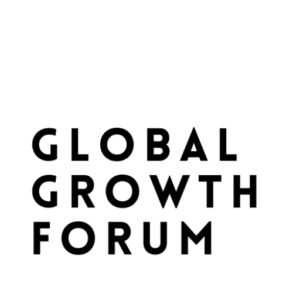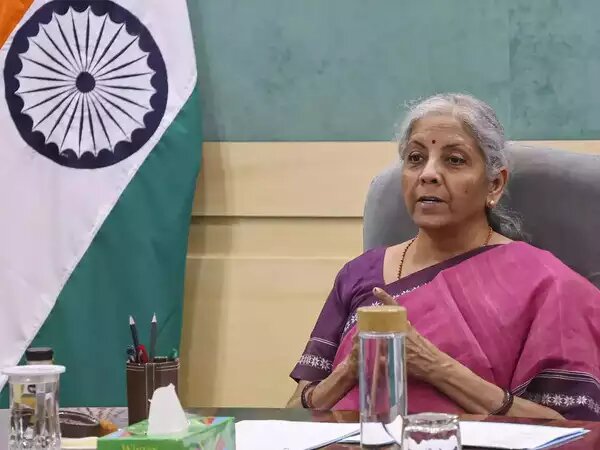In the realm of economics and governance, few documents hold as much weight and anticipation as the national budget. It serves not only as a fiscal plan but also as a blueprint for the government’s priorities, reflecting its strategies to navigate the complex landscape of economic, social, and political challenges. The year [insert year] was no exception, as nations worldwide grappled with unprecedented uncertainty stemming from global pandemics, geopolitical tensions, and economic fluctuations.
Setting the Stage: Uncertainty in the Global Landscape
At the outset of [insert year], the global community found itself at a crossroads. The aftermath of the COVID-19 pandemic continued to reverberate across continents, reshaping economies and societal norms alike. Supply chain disruptions, inflationary pressures, and uneven recovery trajectories underscored the fragility of the global economic order. Concurrently, geopolitical tensions simmered, prompting cautious optimism mixed with apprehension about future international relations.
Within this complex milieu, national governments faced the daunting task of charting a course forward that ensured stability, growth, and resilience. The budget, therefore, emerged as a critical tool not only to manage immediate fiscal needs but also to instill confidence and provide a sense of continuity amidst uncertainty.
The Budget as a Beacon of Stability
In this context, the [insert country]’s budget for [insert year] assumed paramount importance. It was not merely a financial document but a statement of intent—an assurance to citizens, businesses, and global partners that despite challenges, the government remained committed to its mandate of governance and development.
1. Economic Stabilization and Recovery Measures
Central to the budgetary framework were measures aimed at economic stabilization and recovery. Investment in key sectors such as healthcare, infrastructure, and education underscored the government’s resolve to bolster foundational pillars of the economy. Strategic fiscal policies aimed at job creation, entrepreneurship, and industrial revitalization sought to reignite growth engines that had stalled during periods of uncertainty.
2. Social Safety Nets and Inclusive Growth
Recognizing the disproportionate impact of crises on vulnerable segments of society, the budget prioritized social safety nets and inclusive growth initiatives. Increased allocations towards healthcare infrastructure, education reforms, and poverty alleviation programs reflected a commitment to building resilient communities capable of withstanding future shocks.
The Budget: Assuring Continuity Amidst Significant Uncertainty
In the realm of economics and governance, few documents hold as much weight and anticipation as the national budget. It serves not only as a fiscal plan but also as a blueprint for the government’s priorities, reflecting its strategies to navigate the complex landscape of economic, social, and political challenges. The year [insert year] was no exception, as nations worldwide grappled with unprecedented uncertainty stemming from global pandemics, geopolitical tensions, and economic fluctuations.
Setting the Stage: Uncertainty in the Global Landscape
At the outset of [insert year], the global community found itself at a crossroads. The aftermath of the COVID-19 pandemic continued to reverberate across continents, reshaping economies and societal norms alike. Supply chain disruptions, inflationary pressures, and uneven recovery trajectories underscored the fragility of the global economic order. Concurrently, geopolitical tensions simmered, prompting cautious optimism mixed with apprehension about future international relations.
Within this complex milieu, national governments faced the daunting task of charting a course forward that ensured stability, growth, and resilience. The budget, therefore, emerged as a critical tool not only to manage immediate fiscal needs but also to instill confidence and provide a sense of continuity amidst uncertainty.
The Budget as a Beacon of Stability
In this context, the [insert country]’s budget for [insert year] assumed paramount importance. It was not merely a financial document but a statement of intent—an assurance to citizens, businesses, and global partners that despite challenges, the government remained committed to its mandate of governance and development.
1. Economic Stabilization and Recovery Measures
Central to the budgetary framework were measures aimed at economic stabilization and recovery. Investment in key sectors such as healthcare, infrastructure, and education underscored the government’s resolve to bolster foundational pillars of the economy. Strategic fiscal policies aimed at job creation, entrepreneurship, and industrial revitalization sought to reignite growth engines that had stalled during periods of uncertainty.
2. Social Safety Nets and Inclusive Growth
Recognizing the disproportionate impact of crises on vulnerable segments of society, the budget prioritized social safety nets and inclusive growth initiatives. Increased allocations towards healthcare infrastructure, education reforms, and poverty alleviation programs reflected a commitment to building resilient communities capable of withstanding future shocks.
3. Infrastructure Development and Digital Transformation
Amidst evolving global dynamics, the budget embraced infrastructure development and digital transformation as linchpins of long-term economic resilience. Investments in digital infrastructure, renewable energy projects, and smart city initiatives not only aimed to modernize the nation’s economic framework but also to enhance its global competitiveness in a rapidly digitizing world.
Navigating Uncertainty: A Pragmatic Approach
While the budget for [insert year] provided a robust framework for continuity and growth, it also acknowledged the need for flexibility in the face of uncertainty. Contingency plans, scenario analyses, and adaptive policy frameworks were integral components of the fiscal strategy, ensuring that the government could respond swiftly to emerging challenges without compromising long-term objectives.
Amidst evolving global dynamics, the budget embraced infrastructure development and digital transformation as linchpins of long-term economic resilience. Investments in digital infrastructure, renewable energy projects, and smart city initiatives not only aimed to modernize the nation’s economic framework but also to enhance its global competitiveness in a rapidly digitizing world.
Navigating Uncertainty: A Pragmatic Approach
While the budget for [insert year] provided a robust framework for continuity and growth, it also acknowledged the need for flexibility in the face of uncertainty. Contingency plans, scenario analyses, and adaptive policy frameworks were integral components of the fiscal strategy, ensuring that the government could respond swiftly to emerging challenges without compromising long-term objectives.
Disclaimer: The thoughts and opinions stated in this article are solely those of the author and do not necessarily reflect the views or positions of any entities represented and we recommend referring to more recent and reliable sources for up-to-date information.



